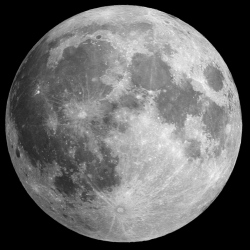
If space is the final frontier, we pilgrims have a lot to learn. To date, we’ve rarely ventured far beyond the thin envelope of Earth’s atmosphere. Why? Because we can’t yet survive long in space without dangling a supply line into the gravity well.
Last weekend, however, we took a step that may prove crucial to foregoing our Earthly dependence. Made In Space, a Singularity University company dreamed up at SU’s 2010 graduate studies program, launched the first 3D printer into space.
Once installed and fired up, Made In Space cofounders Aaron Kemmer, Jason Dunn, and Mike Chen believe a new era will begin. An era in which we manufacture what we need when we need it in orbit, deep space, the Moon, Mars, and beyond. Of course, we’ve been 3D printing objects Earth-side for a few decades. Why, you may wonder, hasn’t this been done before? Simply put, it’s complicated.
On Earth, gravity naturally pulls a 3D printer’s liquified plastic out of the print head. In orbit? No such luck. Further, convection, also due to gravity, predictably transfers heat to and away from the plastic. In space? No convection. Also, 3D printers emit noxious fumes, not ideal in an enclosed box 200 miles from the nearest breath of fresh air.
It took four years and 500 parabolic flights on the “vomit comet” to engineer a solution. The end product, called the Zero-G Printer, can print in low gravity, is robust enough to survive launch, and has been deemed safe by NASA.
